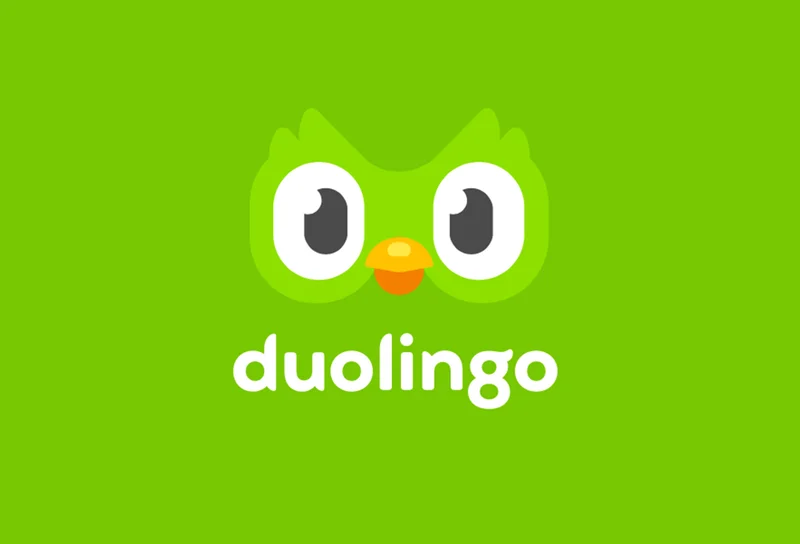Duolingo's Dip: More Than Just a Bad Grade?
Duolingo's stock took a hit in Wednesday's after-hours trading, dropping 17.34% to $214.93. The immediate cause? The release of their Q3 financial results. Now, on the surface, the numbers look solid. Revenue hit $271.7 million, surpassing analyst estimates of $260.33 million. Year-over-year revenue growth clocked in at a healthy 41%. Daily active users (DAUs) jumped 36% to 50.2 million, and monthly active users (MAUs) increased 20% to 135.3 million. So, what gives?
The market's reaction suggests a concern about the rate of growth. While the year-over-year figures are impressive, the sequential user growth appears to be slowing. This is where the devil often hides – not in the headline numbers, but in the trends. Is Duolingo hitting a saturation point, or is there something else at play? The company projects Q4 revenue between $273 million and $277 million (analysts are expecting around $274.55 million), and they've nudged up their full-year 2025 revenue guidance from $1.011-1.019 billion to $1.028-1.032 billion. A raise, yes, but hardly a game-changer.
The "Unhinged" Factor
Then there's the issue of Duolingo's social media presence. The company openly acknowledged feedback regarding their "unhinged" content on platforms like X and TikTok. They briefly dialed it back, then ramped it up again, reporting a "significant increase in impressions." It's a classic case of short-term engagement versus long-term brand perception.

I've looked at hundreds of these filings, and this particular admission is unusual. It suggests a willingness to sacrifice brand consistency for the sake of grabbing eyeballs. Think of it like a restaurant that starts serving novelty, brightly colored dishes to attract Instagram attention – it might work for a while, but will it build a loyal customer base? And, more importantly, how do you quantify the impact of "unhinged" content? Impressions are one thing, but what about the conversion rate from impression to paying subscriber? That data remains conspicuously absent.
Beyond the Numbers: A Lingering Question
This brings me to a broader point: how does Duolingo measure the quality of its user engagement? DAUs and MAUs are useful metrics, but they don't tell the whole story. Are users actively learning, or are they just mindlessly tapping through lessons to maintain their streaks? Are they more likely to subscribe? What is the correlation between "unhinged" social media content and user retention? These are the questions that I, as an investor, would be grilling management about.
Duolingo is essentially walking a tightrope, trying to balance growth with profitability and brand integrity. The recent stock dip might be a temporary blip, or it could be a sign that investors are starting to question the long-term sustainability of their strategy. The market is often wrong in the short term, but it’s rarely wrong in the long run. Duolingo Stock Dives On Q3 Earnings: What You Need To Know - Benzinga
